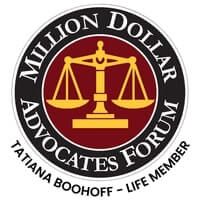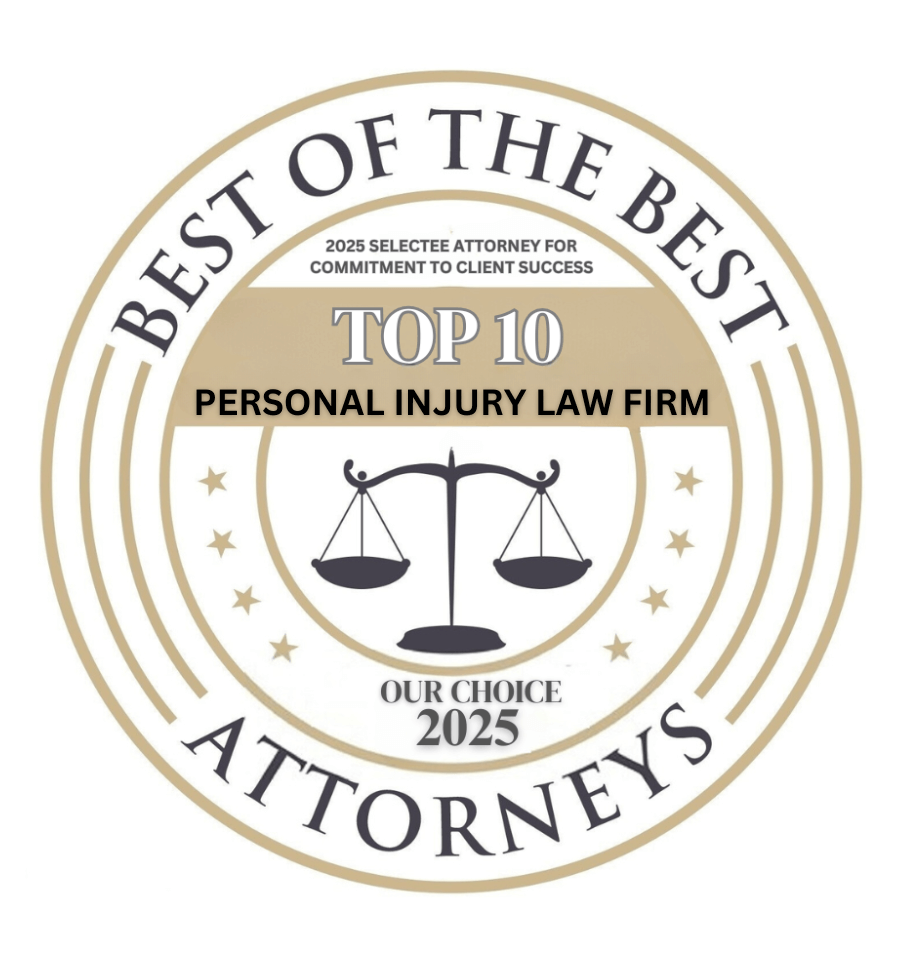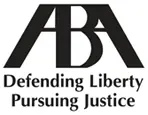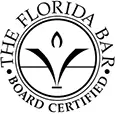Child Pedestrian Accident Attorneys
Seattle is a beautiful, walkable city. In fact, it’s rated as one of the safest American cities for walking. Despite this, however, child pedestrian injuries and fatalities occur more frequently than they should. Seattle focuses on pedestrian safety as part of Washington’s statewide Target Zero plan, which includes a discussion of pedestrian casualties, in an effort to reduce serious and fatal traffic-related injuries to zero by 2030. Safety initiatives may have contributed to a brief reduction in pedestrian accidents, but these declines only lasted temporarily. As pedestrian accident numbers fluctuate, child pedestrians remain among the most common victims.
When a negligent driver strikes an adult pedestrian, tragedy is an inevitable outcome. A grown person’s body is defenseless against a motorcycle or a 2,000-pound-plus vehicle, and children pedestrians are even more vulnerable if involved in an accident. Fatal injuries often occur when a negligent driver strikes a child. If the child survives, he or she is often left with lifelong impairments, a loss of youthful innocence, and an uncertain future. The child’s parents become responsible for mounting medical bills, and the entire family often participates in care and recovery efforts.
We Seek Justice for Injured Child Pedestrians
At Boohoff Law, P.A. our Seattle child pedestrian accident attorneys dedicate our efforts toward recovering damages for our injured clients. We only handle personal injury cases, so we recognize the legal issues and liability complications early in the investigative process of these cases. In the past, we have worked compassionately on behalf of our injured clients and their families. Our lawyers understand the life changes that families face when a negligent driver catastrophically injures their child.
When a child pedestrian sustains injuries in an accident, it causes unimaginable family hardships. The child must endure a difficult and painful recovery. The parents must often alter their work and personal schedules to provide support and care. We believe that injured children and their families deserve compensation for these and other accident-related consequences. Our attorneys have used our experience and firm resources to recover the financial damages that helped ease our clients’ personal and financial burdens.
Our Firm’s Personal Injury Results
Our Seattle child pedestrian accident attorneys have worked hard to recover damages for our injured clients. We’ve diligently investigated each case to uncover the evidence that we’ve needed to prove liability. We’ve reviewed medical damages, reports, and injury evaluations to determine the nature and extent of our clients’ injuries.
We believe in making the process of resolving every single personal injury claim efficient and productive. When possible, we’ve negotiated settlements with negligent drivers or their insurance companies. We’ve resolved cases through alternative dispute resolution forums, such as mediation and arbitration. We don’t reveal the details of our clients’ cases and settlements, but we’re pleased to share the comments we’ve received on the client testimonials page of our website.
Child Pedestrian Accidents
Washington Traffic Safety Commission statistics reveal that 25 to 30 percent of non-driving Washington residents rely on walking as their primary method of transportation. A Feet First initiative, Safe Routes to School promotes walking as a healthier way for children to travel. Walking children show higher physical activity rates, and they actually perform better academically. To encourage walking to and from school, Feet First works with schools to offer safety curricula, school walking celebrations, and safety training. The organization forms walking school buses, which involve children walking together in groups, and it also points out unsafe walking conditions that need resolution.
In Seattle, walking is fundamentally a safe way to get from one point to another. However, the city can still present a hazard for walkers, especially Seattle’s youngest citizens. Washington’s 2018 Pedestrian Safety Council Report reveals that 109 walkers died in pedestrian accidents in 2017. That’s one every three days, or 20 percent of the state’s traffic fatalities. The report also discussed some of the most common pedestrian accident issues. Consider the following:
- 67 percent of injured pedestrians were struck while crossing the street.
- 21.1 percent of the injured pedestrians were struck by hit-and-run drivers.
- 7.9 percent of the involved drivers were alcohol-impaired.
- Speed determines driver response time to pedestrians in their path and thus injury severity.
- Most vehicle-pedestrian accidents occurred where posted speeds were 35 mph or lower.
- An individual’s chance of sustaining a pedestrian injury depends on where a pedestrian lives and walks.
- Children, seniors, and disabled people are the most vulnerable pedestrians, and these population groups are most likely to die due to a pedestrian accident.
- Automated speed cameras reduce pedestrian accidents in school zones.
Injuries Caused by Child Pedestrian Accidents
Children are vulnerable during any kind of roadway accident. As pedestrians, their frail bodies have no protection when a car strikes them, and the results are often fatal. When a child survives a pedestrian-vehicle crash, their families often must help them manage severe conditions, such as traumatic brain injuries, spinal cord damage, and other catastrophic injuries.
The multiple injuries sustained in a pedestrian accident can leave a child with permanent disabilities and limited future possibilities. As children are still physically and emotionally developing, severe trauma can leave them with impairments and developmental difficulties that prevent them from leading a normal life. Multiple injuries sustained in a pedestrian accident can leave a child dependent on supportive care for the rest of his or her life. Consider the following serious injuries:
- Traumatic brain injury (TBI). The National Institute on Disability, Independent Living, and Rehabilitation Research (NIDILRR) classifies moderate to severe brain injury as a lifelong condition. Children with TBI injuries have problems with thinking, dealing with their emotions, and behavior issues. As the CDC’s Severe Brain Injury page explains, TBI can cause difficulty with relationships, employment, household chores, and normal daily activities.
- Spinal cord damage. Spinal cord injuries (SCI) can cause paralysis in young children. The extent depends on the severity of the damage and the location along the spine. Paralysis often occurs at or below the damage location. SCI has additional long-term consequences. Research published in the study, Long-Term Survival After Childhood Spinal Cord Injury, verifies that young children who sustain spinal cord injuries have a higher adult mortality rate than those who sustained SCI as adults.
- Multiple fractures and crushed bones. Child pedestrians may sustain multiple fractures and crush injuries, including leg, skull, facial, rib, pelvis, spine, and other severe traumas. Even the most minor of these injuries can cause growth-plate issues in a child’s limbs, as well as other chronic problems. The Physical Medicine and Research article, “Pediatric Fractures in Developing Bone,“ explains that if open reduction surgery becomes necessary, it may increase the chances of recovery but also complicates the process.
- Traumatic amputations. The crushing impact of a vehicle’s weight is a major factor in traumatic limb amputations. Children eventually benefit from prosthetic use, but early age amputations can cause bony overgrowth and other problems that may require surgical re-correction.
- Internal organ damage. Children in pedestrian accidents often sustain severe internal injuries, such as organ ruptures, arterial and liver lacerations, and other life-threatening wounds.
- Fatal injuries. Given the extreme nature of a vehicle-pedestrian trauma, children may succumb to their catastrophic injuries.
Who Is to Blame When a Child Pedestrian Accident Occurs?
Pedestrian accidents continue to occur despite safety programs and Target Zero-inspired actions. These accidents often occur at points such as street crossings, where vehicle and pedestrian paths cross. Distracted drivers cause 42 percent of pedestrian accident deaths. Speeding is also a common factor in pedestrian injuries. While these types of accidents usually involve a driver and a lone pedestrian, other parties can also contribute. A child pedestrian accident may involve the following parties:
- Vehicle driver. A vehicle driver has a duty to drive with care, obey traffic regulations, and avoid accidents with young pedestrians who are incapable of judging the danger themselves. When a driver operates a vehicle negligently, he or she is responsible for any resulting injuries.
- Pedestrians. While courts may hold adult pedestrians partially responsible for causing a pedestrian accident, courts generally hold children to a different negligence standard. Older children have varying degrees of danger awareness, and they must assess unsafe conditions and control their actions accordingly. According to the law, however, children under the age of six lack the capacity to assess danger or understand how their actions may contribute to an injury, and thus courts hold them to a different, lower standard.
- Governmental entities. Despite Target Zero’s awareness of infrastructure’s role in contributing to pedestrian accidents, some areas still lack appropriate crosswalks, flashing school zone lights, or other components necessary for safe walking. A plaintiff must follow the appropriate procedure to make a tort claim against a local government; accordingly, these cases can prove particularly complex.
- Vehicle manufacturer, maintenance, or repair company. If a driver proves that a vehicle defect, faulty maintenance, or faulty repair caused a pedestrian accident, a court may find the manufacturer or service facility contributorily negligent.
What Damages May a Family Recover for a Child Pedestrian Accident Injury?
An injured pedestrian may recover both economic and noneconomic damages, also known as special and general damages, respectively. Washington courts don’t generally support a plaintiff’s right to recover punitive or exemplary damages. A jury may still award exemplary damages as a punishment in a case where the defendant showed malicious disregard for the injured person.
Incurred economic damages are fairly easily calculated, as they are based on medical bills, rehabilitation costs, and other out-of-pocket expenses. When a child pedestrian sustains catastrophic injuries, they often incur indefinite medical costs. An economist can project future costs for an accurate assessment of these damages, which may include:
- Potential income losses
- Current and future medical expenses
- Mobility devices and prosthesis
- Physical and emotional therapy
- In-home care and support expenses
- Medical transportation
- Replacement services
- Funeral and burial costs
Noneconomic damages are often difficult to evaluate, as they depend on an injured person’s subjective concerns, which a legal representative or a jury can’t easily verify. As with injured adults, children’s noneconomic damages reflect how an injury has changed or complicated their lives and may include the following:
- Pain and suffering
- Paralysis or partial paralysis
- Emotional distress
- Changes in family relationships
- Loss of bodily functions
- Scars and disfigurement
What Defenses Are Most Common in Child Pedestrian Accident Cases?
It’s difficult for drivers to diminish their responsibility when they injure a child pedestrian. Because of the potentially high dollar payout for such an accident, insurance companies will often attempt to defend their negligent insured drivers. Unless the accident involved a commercial vehicle, most drivers don’t have high enough policy limits to cover the full value of a catastrophic injury.
An insurance company won’t usually settle a claim for its insured’s policy limits if it can’t get a full and final release or work out another viable solution. A court could consider the insurance company’s actions as bad faith if they leave an insured with a high uninsured damage exposure. For these and other reasons, an insurance company may lean on affirmative defenses, hoping a court will calculate a low damages award against the insured, at-fault party. Consider the following potential defenses:
- No negligence. If a driver convinces a jury that he or she did not drive negligently, the court may find in his or her favor and not require any payment of damages.
- Contributory fault. Under Washington’s contributory fault statute, individuals are responsible for a percentage of negligence if they contribute to their own injuries. This may help mitigate the damages for an older child, but the Washington Supreme Court has held that children under the age of six are not subject to comparative fault. While a court may find older children negligent, it will still hold them to a different negligence standard than adults. If a court finds a child defendant negligent, the child can still receive damages; the court will simply reduce the award by the child’s percentage of negligence.
- Damage mitigation defense. Child pedestrian accidents usually involve catastrophic injuries. Despite this known outcome, a defendant may seek to limit damages by alleging that there is no causal relation to the accident or that some of the damages occurred elsewhere.
- No defect. If a manufacturer, repair company, or maintenance company convinces a jury there was no defect involved in the accident, these parties will owe no damages.
- Sovereign immunity. A state or other governmental entity has a traditional sovereign immunity defense, although the entity may waive it under certain circumstances, including cases involving negligence.
At Boohoff Law, P.A., we have extensive experience overcoming defense strategies. Our work begins when we conduct our initial investigation. For each case we’ve handled, our firm has located and reviewed all relevant evidence. We always analyze every potential legal issue and work out a strategy designed to produce the best outcomes for our clients.
Filing a Tort Claim Against a Governmental Entity
If the state, one of its entities, or one of its employees contributed to your child’s accident, it can waive its sovereign immunity and allow you to file a tort claim. You must submit a Washington State Tort Claim Form and provide all requested supporting documents. The Washington Office of Risk Management (ORM) will investigate your case and determine the validity of your claim. If ORM determines that the state is liable for your injuries, it will pay damage awards through its Self Insured Liability Program (SILP).
Seattle and other local governmental entities follow similar procedures regarding sovereign immunity. Each has its own tort claim process. To submit a claim against Seattle, you must complete the city’s claim form and follow all of the required procedures.
Boohoff Law, P.A. Child Pedestrian Accident Attorneys
If your child has been injured in a pedestrian accident, you need dedicated legal assistance from compassionate personal injury attorneys. Our law firm has extensive experience protecting the rights of children who have been injured due to someone else’s negligence. Contact Boohoff Law, P.A. at (877) 999-9999 or by completing our online contact form. We’ll schedule a consultation, review your case, and determine if we can help you.
Free Consultation
We Are Here For You 24/7
Reviews
– Elissa M.
“Really pleased with Boohoff Law! Received immediate responses when I had any questions. Treated amazingly by all staff … made this process a true breeze!”
– Caitlyn M.
– Brandy K.
Related Posts
Steps to Take After a Drunk Driver Hits Your Vehicle in Seattle
What Compensation Can You Claim for Severe Burn Injuries
What to Do After Being Injured in a Parking Lot Accident in Seattle
Recovery is personal.
We’re here for you.
We’re close by. And if you can’t make it to us, we’ll meet you where you need us, at home or in the hospital.
You're better off with Boohoff.











The information on this website is for general information purposes only. Nothing on this site should be taken as legal advice for any individual case or situation. This information is not intended to create, and receipt or viewing does not constitute, an attorney-client relationship.
available 24/7
(877) 999-9999
